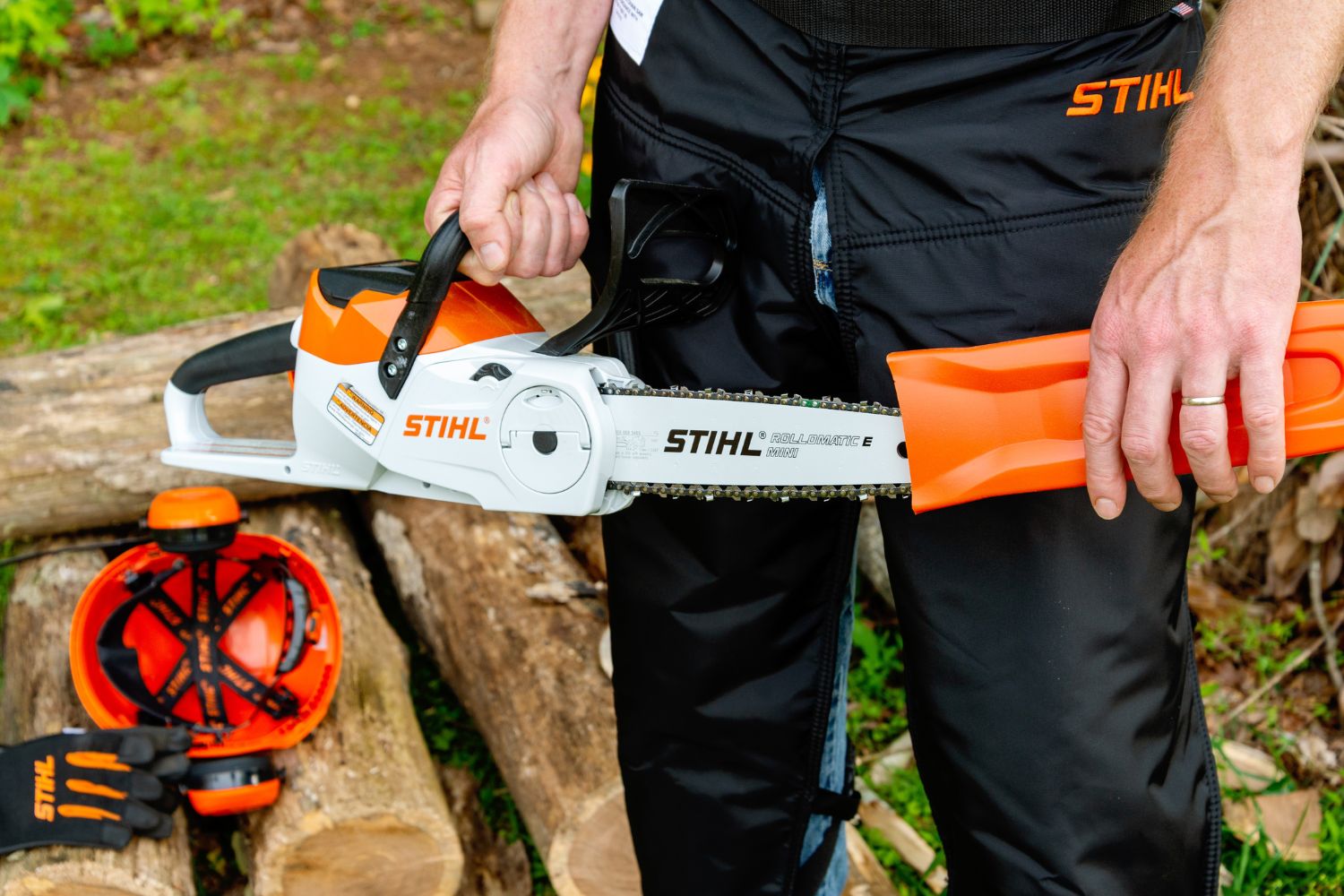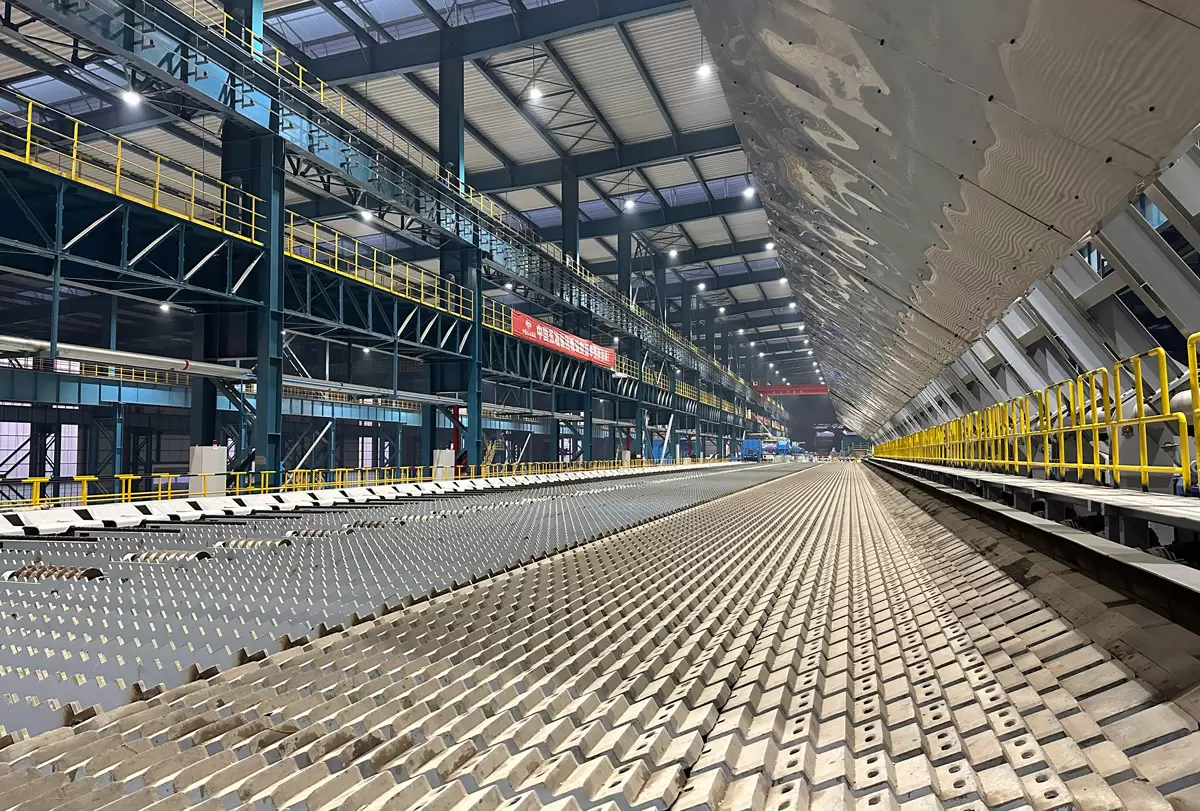
Saw blades are essential tools in various industries, from woodworking to metalworking. However, their longevity can be a concern for professionals who rely on their efficiency and precision. In this blog post, we will delve into the factors that contribute to the lifespan of saw blades and explore effective strategies to maximize their durability. By implementing these techniques, you can save time, money, and effort while achieving optimal cutting performance.
- Choose the Right Blade for the Job:
Selecting the appropriate saw blade for a specific task is crucial. Different materials require different blade types, tooth configurations, and coatings. For instance, a blade designed for cutting wood may not perform well when cutting metal. By understanding the characteristics of the material you are working with, you can choose a blade that matches its hardness, density, and abrasiveness, thereby minimizing wear and tear. - Optimize Cutting Speed and Feed Rate:
Maintaining the correct cutting speed and feed rate is essential for prolonging the lifespan of saw blades. Operating at excessively high speeds or applying excessive pressure can lead to overheating, blade dulling, and premature wear. Conversely, running the blade too slowly can cause friction, resulting in poor cutting performance. By finding the right balance, you can ensure efficient cutting while reducing stress on the blade. - Use Coolants and Lubricants:
Applying coolants and lubricants during cutting operations can significantly extend the life of saw blades. These substances help dissipate heat, reduce friction, and prevent chip buildup, all of which contribute to blade longevity. Depending on the material being cut, various coolants and lubricants, such as oils, emulsions, or sprays, can be used. Regularly applying these substances will enhance cutting performance and minimize blade wear. - Maintain Proper Blade Care and Cleaning:
Regular maintenance and cleaning are essential for preserving the lifespan of saw blades. After each use, remove any debris, resin, or pitch that may have accumulated on the blade. This can be done using specialized cleaning solutions or by soaking the blade in warm water and mild detergent. Additionally, inspect the blade for any signs of damage or dullness, and sharpen or replace it as needed. Proper storage in a dry and clean environment is also crucial to prevent rusting and corrosion. - Invest in High-Quality Blades:
While it may be tempting to opt for cheaper saw blades, investing in high-quality blades can yield significant long-term benefits. Premium blades are often made from superior materials, feature advanced tooth designs, and undergo rigorous manufacturing processes. These factors contribute to enhanced durability, cutting precision, and overall performance. Although they may come at a higher initial cost, high-quality blades offer better value in terms of longevity and productivity.
Conclusion:
To make a saw blade last longer, it is essential to consider various factors such as blade selection, cutting speed, lubrication, maintenance, and blade quality. By implementing these strategies, professionals can optimize their cutting operations, reduce downtime, and achieve superior results. Remember, a well-maintained and properly used saw blade not only saves money but also enhances productivity and ensures the success of your projects. So, take the time to implement these practices and unlock the secrets to prolonging the lifespan of your saw blades.



